Instrumentation
Optical
Spectroscopy
Local Volume Mapper: I am the Project Manager for the
Local Volume Mapper
instrument for the SDSS-V. The Local Volume Mapper (LVM) will observe the interstellar medium
and stellar populations in the Milky Way and several local galaxies, collecting more than 25 million contiguous spectra over 3,000 square degrees on the sky.
The LVM will use new integral-field spectrographs to explore the physics of star formation and the interactions between stars and the interstellar medium.
The Local Volume Mapper Instrument is a new facility instrument for SDSS-V. LVM-I will consist
of a new enclosure on the Robotic Ridge at Las Campanas Observatory containing four telescopes (one for the science field, two sky monitors, and one calibration star observer)
coupled to four broadband optical spectrographs via a fiber optic IFU. LVM-I is currently being constructed with first light scheduled for August of 2022.
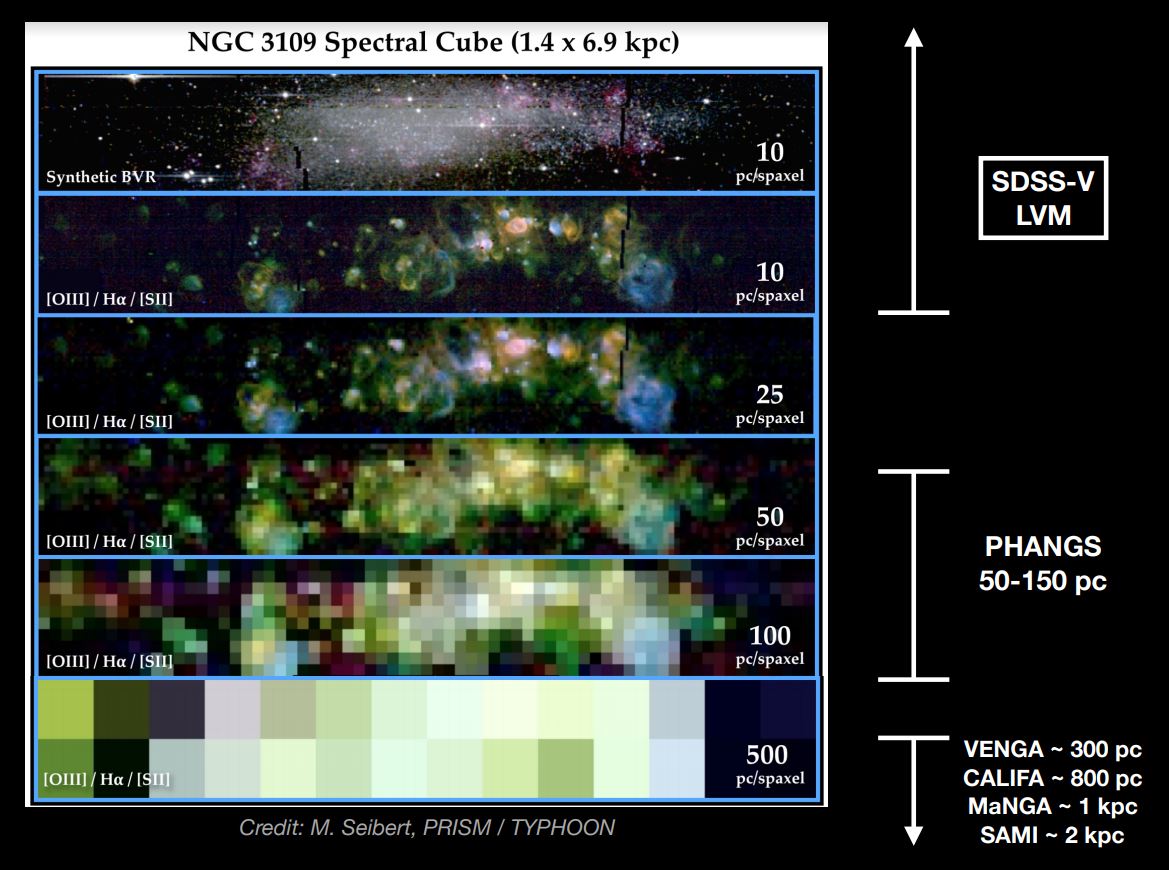
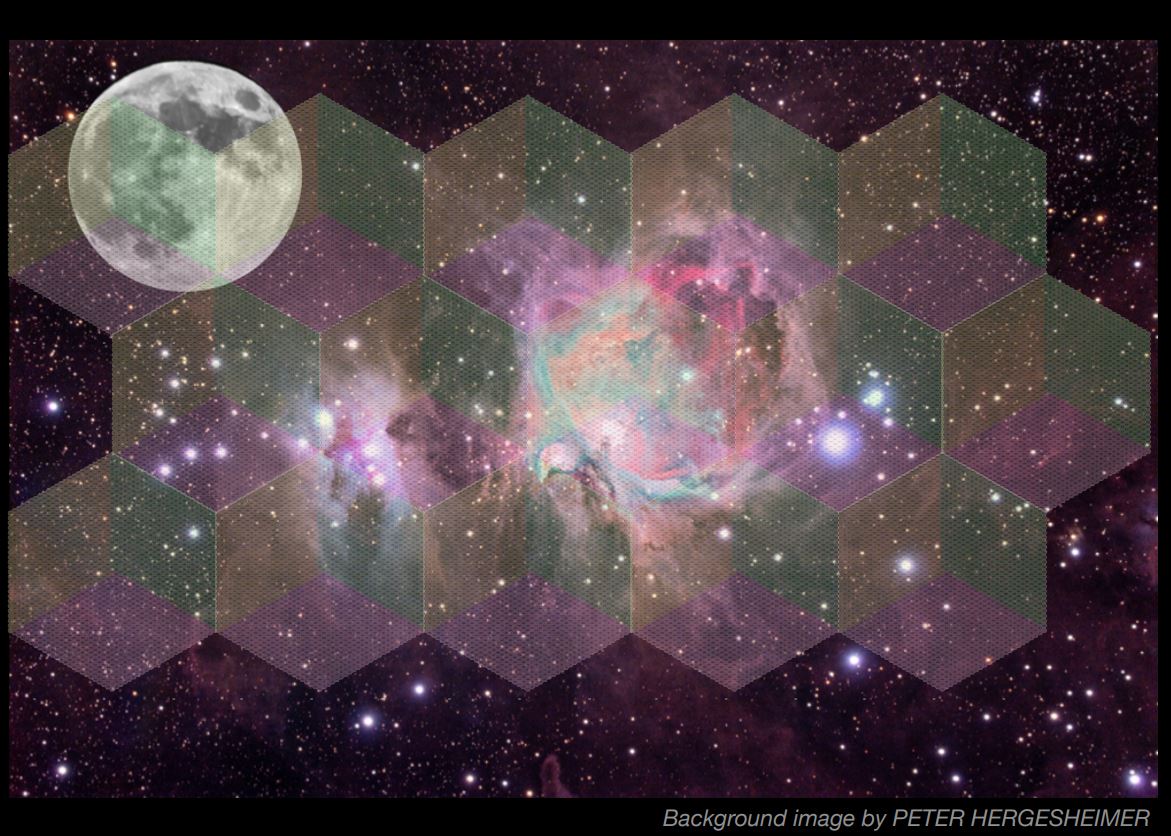
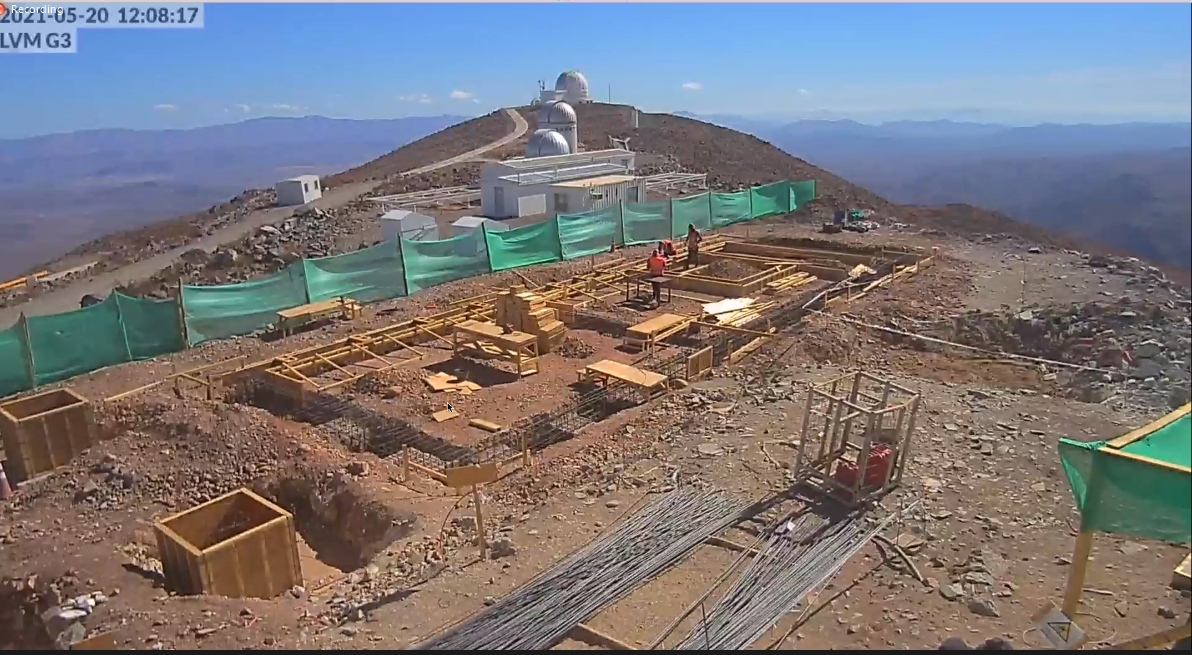
Ultraviolet
Spectroscopy
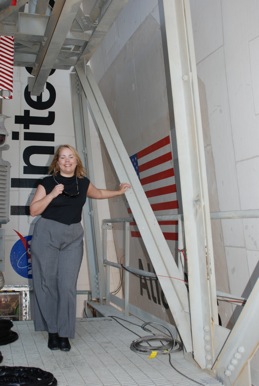
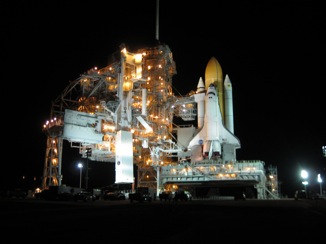
I was the Project Scientist for the Cosmic Origins Spectrograph (COS), a
sensitive UV spectrograph that was installed on the Hubble Space
Telescope in 2009. COS has been in science operations since
September 2009. During that time, it has observed the atmospheres
of transiting exoplanets, probed accretion and outflows on stellar and
galactic scales, and increased the observed path length through the
local intergalactic medium by more than an order of magnitude. As of
August 2021, there are over 800 published papers in the literature using
COS data.
Cosmic Origins
Spectrograph CU page
Review talk from the HST3 Conference, October
2010

A HubbleSite video about calibrating HST's new instruments and early release science
Previous Projects
Previously, I have been involved in instrument designs for optical spectrographs for the Giant Magellan Telescope, Gemini Observatory, and the Thirty Meter Telescope.
I have also been a member of the instrument development team for VIRUS, the IFU instrument for the HETDEX survey, NIC-FPS, a near-infrared imager at
Apace Point Observatory, and CoolSpec, a NIR spectrograph for the 2.7-m telescope at McDonald Observatory.


